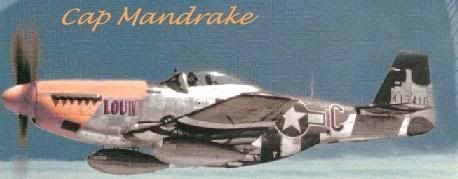Finally, in March 1945, Operation Starvation began in earnest, using 160 of LeMay's B-29 Superfortress bombers to attack Japan's inner zone. Almost half of the mines were the US-built Mark 25 model, carrying 1250 lbs of explosives and weighing about 2,000 lbs. Other mines used included the smaller 1,000 lb Mark 26.[21] 15 B-29s were lost while 293 enemy merchant ships were sunk or damaged.[22] 12,000 aerial mines were laid, a significant barrier to Japan's access to outside resources. Prince Fumimaro Konoe said after the war that the aerial mining by B-29s had been "equally as effective as the B-29 attacks on Japanese industry at the closing stages of the war when all food supplies and critical material were prevented from reaching the Japanese home islands."[23] The United States Strategic Bombing Survey (Pacific War) concluded that it would have been more efficient to combine the United States's effective anti-shipping submarine effort with land- and carrier-based air power to strike harder against merchant shipping and begin a more extensive aerial mining campaign earlier in the war. Survey analysts projected that this would have starved Japan, forcing an earlier end to the war.[24] After the war, Dr. Johnson looked at the Japan inner zone shipping results, comparing the total economic cost of submarine-delivered mines versus air-dropped mines and found that, though 1 in 12 submarine mines connected with the enemy as opposed to 1 in 21 for aircraft mines, the aerial mining operation was about ten times less expensive per enemy ton sunk.[25]
1 in 12 sub mines scored a hit? thats far higher than I would have thought.
















